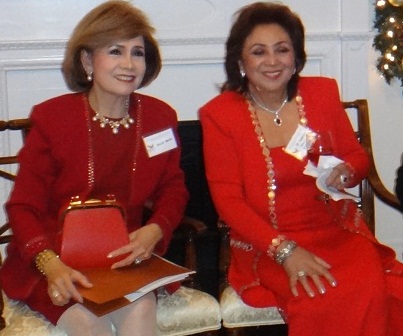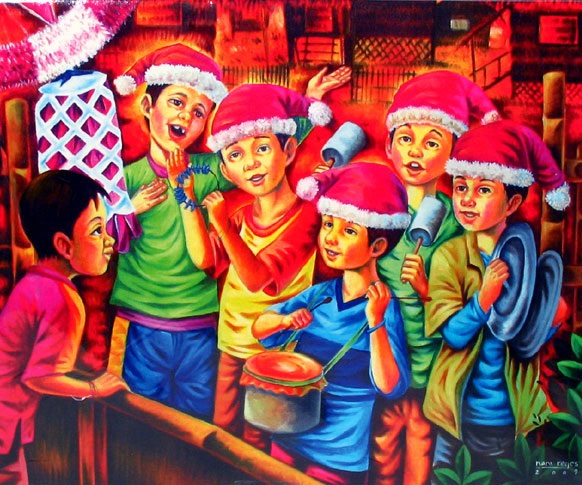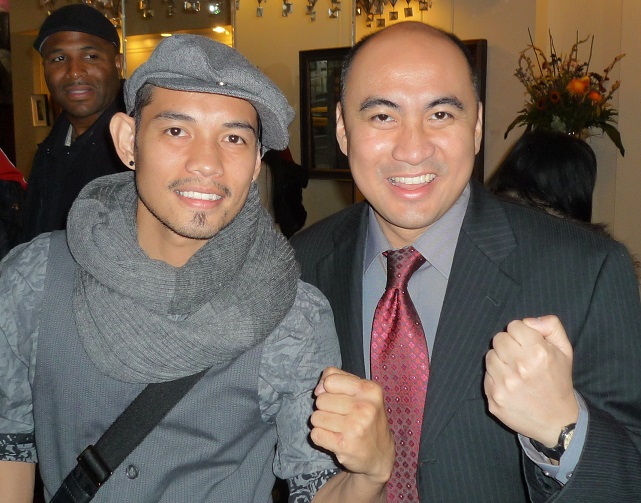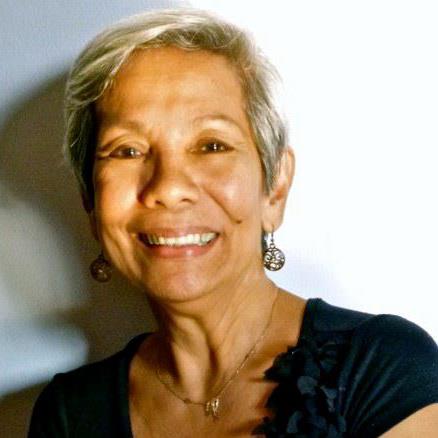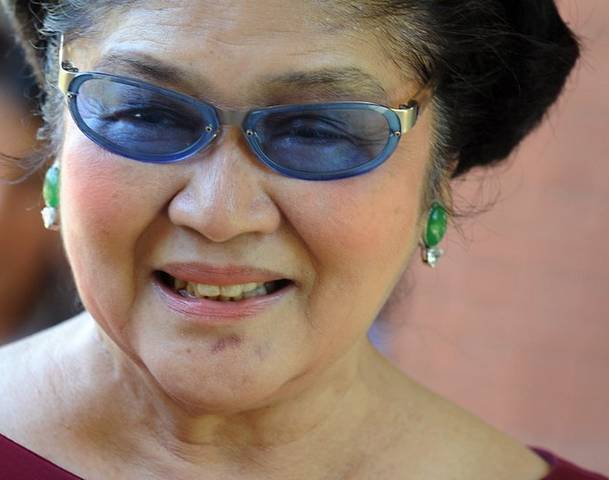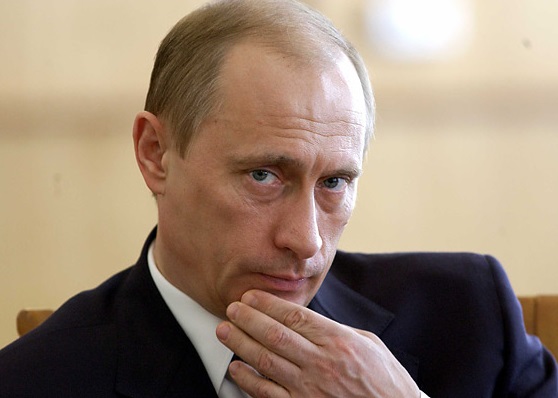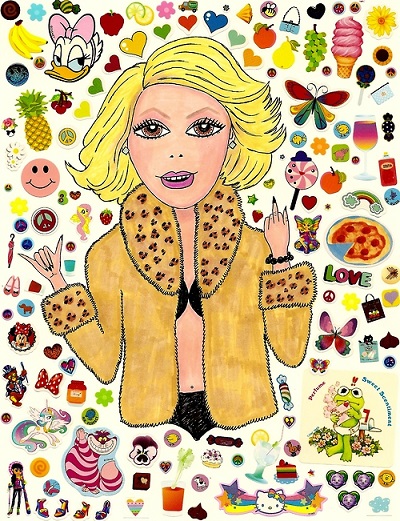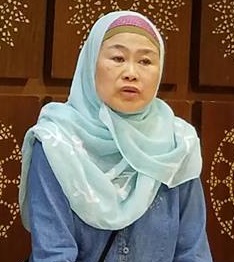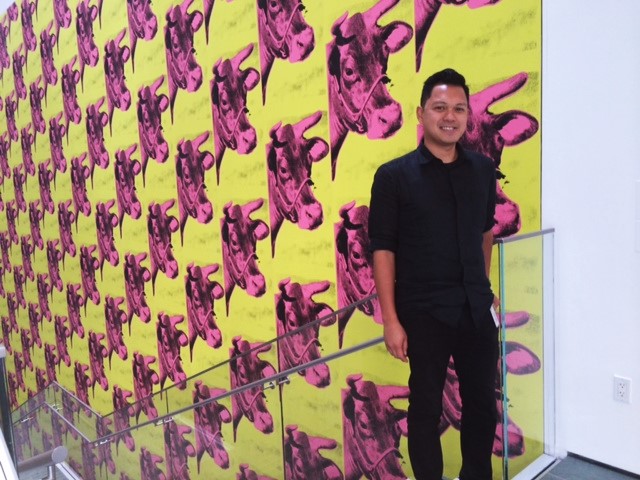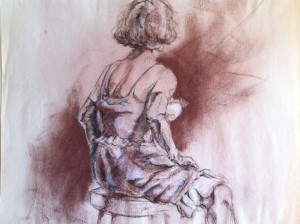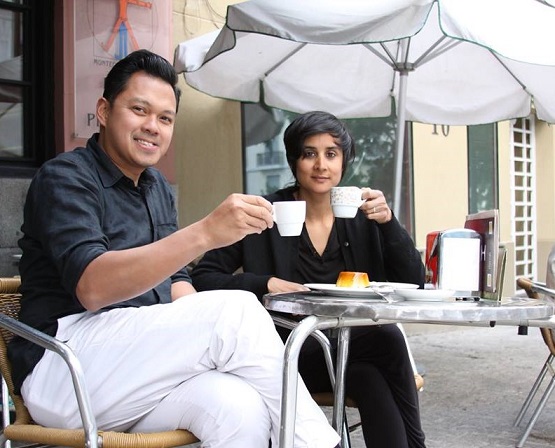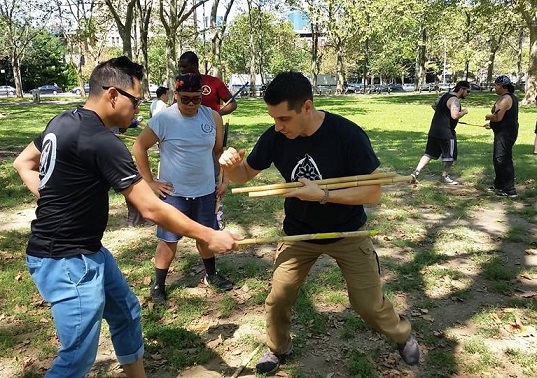Teaching artist Francis Estrada confronts his Filipino identity
Among his early jobs, let’s pick seven.
• Independent movie theater
• T-shirt printing company
• Teacher, after-school program for children
• Teacher, summer school
• Teaching artist, school for adults with physical and mental disability
• Teaching artist, Children’s Art Society NYC
• Grant writer, Making it Big company
Whether he is encouraging school children to learn the arts or showing adults his skills with ‘kali,’ Francis Estrada puts on his teaching cap and becomes all at the same time mentor, educator, role model and Kuya (big brother).
Francis, 40, works as a museum educator at MoMA; he is also a martial arts instructor of the Pekiti Tirsia Kali Elite system. He navigates two forms of arts that are structurally different but the same in terms of fostering discipline and building self-confidence among their followers.
At the Museum of Modern Art on W 53rd Street, he works with NYC’s public school children to view art, appreciate it in all its forms, and see it from various perspectives. It could be art they make or art made by others and available in museums and galleries. On most weekends, he teaches an indigenous Filipino martial art at a Brooklyn park. In both capacities, he is at the forefront explaining concepts, demonstrating techniques, and basically paving the way for learning.
Francis believes his early interest in Philippine history developed his passion for teaching. It began when his family, with roots in Marikina, emigrated to the U.S. and began a new life in Honesdale, Pennsylvania, a rural town with a population of about 5,000.
“In 1988, we were the only Filipino family that I knew of in Honesdale,” he said in an interview with The FilAm. His face beamed at that recollection.
He was 13 then. That his family felt “different” in this lily-white coal mining town drew Francis toward an interest in Filipino identity.
“I was asked questions like, what’s it like wearing clothes? It offended me, but more than that, I was confused,” he said. “I began to ask questions about what does it mean to be Filipino and what is that Filipino identity, and how do other people view us?”
When the Estradas moved to California, he saw an abundance of cultures, Filipino being one of them co-equal with Korean, Indian, and other Asian ethnicities. From tiny and insular Honesdale, he discovered an explosion of diversity in Diamond Bar, a city outside of L.A. where the family made their home.
His fascination with Philippine history and culture deepened.
“I became interested in the influence of religion,” he said. “I questioned this fear of retribution when one violates the teachings of the church. I became interested in the ‘babaylan’ and the concept of idolatry.”
As a visual artist – he has a Bachelor of Fine Arts degree from San Jose State University — he began to paint religious images which incorporated his unresolved ambivalence and conflicted feelings. One of his paintings, titled “Choice,” shows the devil and the angel looking like they are competing for attention before a brown Divine Being.
“I did visual elements of religious images and reconstructed and deconstructed them,” he said. “I like to look at the positive aspects of religion.”
As his ‘first seven jobs’ indicates, a career as a teaching artist had been paved. Francis joined MoMA as a museum educator in 2007 working with kindergarten through 12th grade students to develop an interest in arts programs. Currently the Assistant Educator for School Programs, he takes the students to view exhibits, has discussions in the galleries, and generates ideas for arts projects, among other roles.
What do kids know about the arts?
“They know something. They know about the crazy guy who cut off his ears,” he replied with a laugh. Once the children are shown impressionist paintings of Vincent van Gogh, their subsequent discussion goes past his severed ear.
The students, he added, are taught not only to sketch and draw but also to observe museum manners, and consider ideas presented by artists in their works.
Martial arts
Martial arts is a way for him to learn indigenous Filipino moves. He remembered how in the Philippines, ‘arnis’ was part of physical education curriculum, but philosophies and principles were not taught. In his adulthood, he has trained under Grandtuhon Leo Gaje and Tuhon Rommel Tortal, a descendant of Ilonggo Grandmaster Conrado Tortal, who developed the Pekiti-Tirsia Kali system in the 1890s. Francis realized how he is drawn to ‘kali,’ a form of fighting that is makes use of sticks or just bare hands.
“I got interested in 2005 and did a lot of research. I found out that martial arts movements were used in the ‘comedias’ or the moro-moro theater,” he said.
“Teaching keeps me centered,” said Francis for whom education is a process where he leads as much as he learns.

